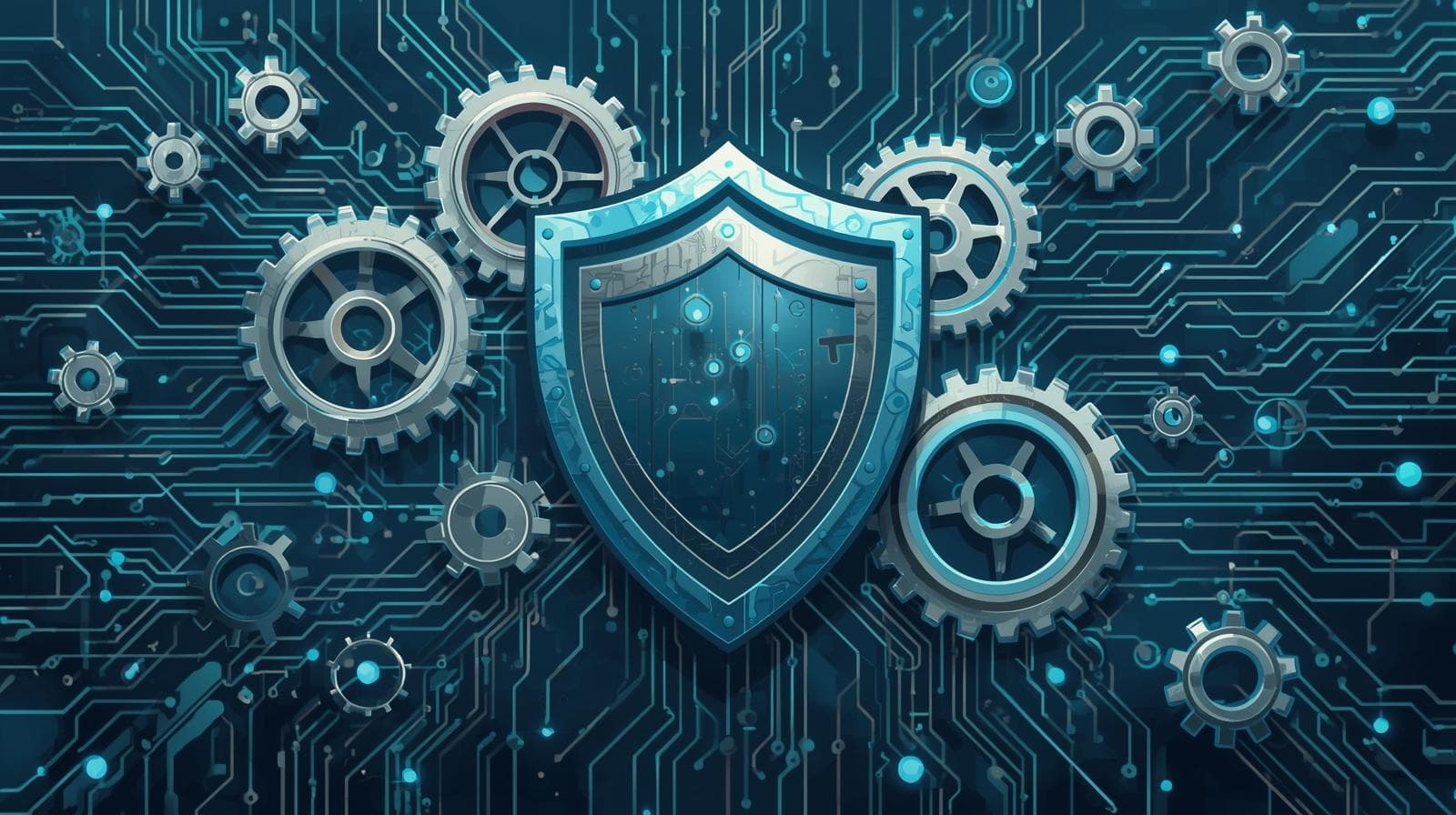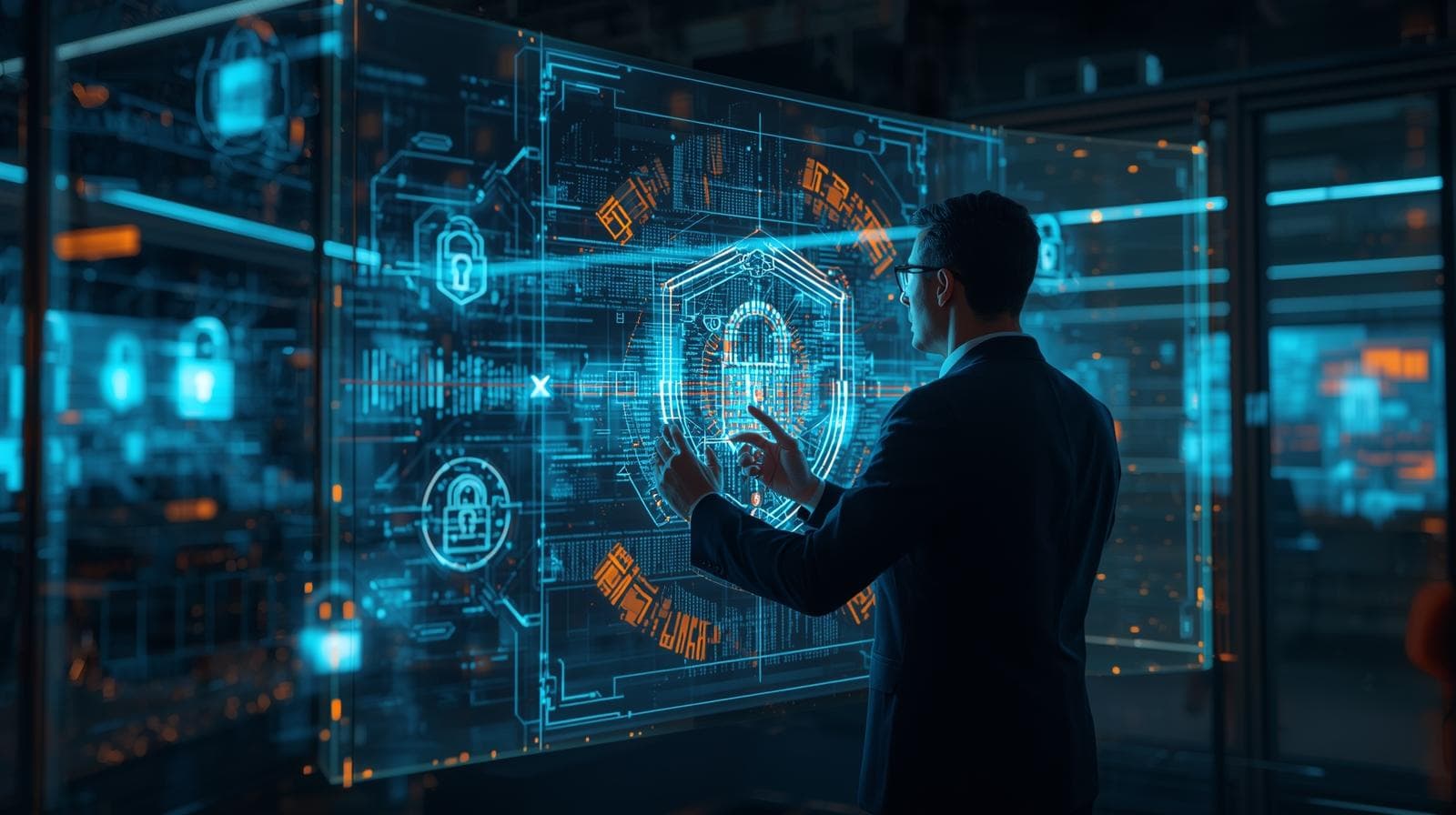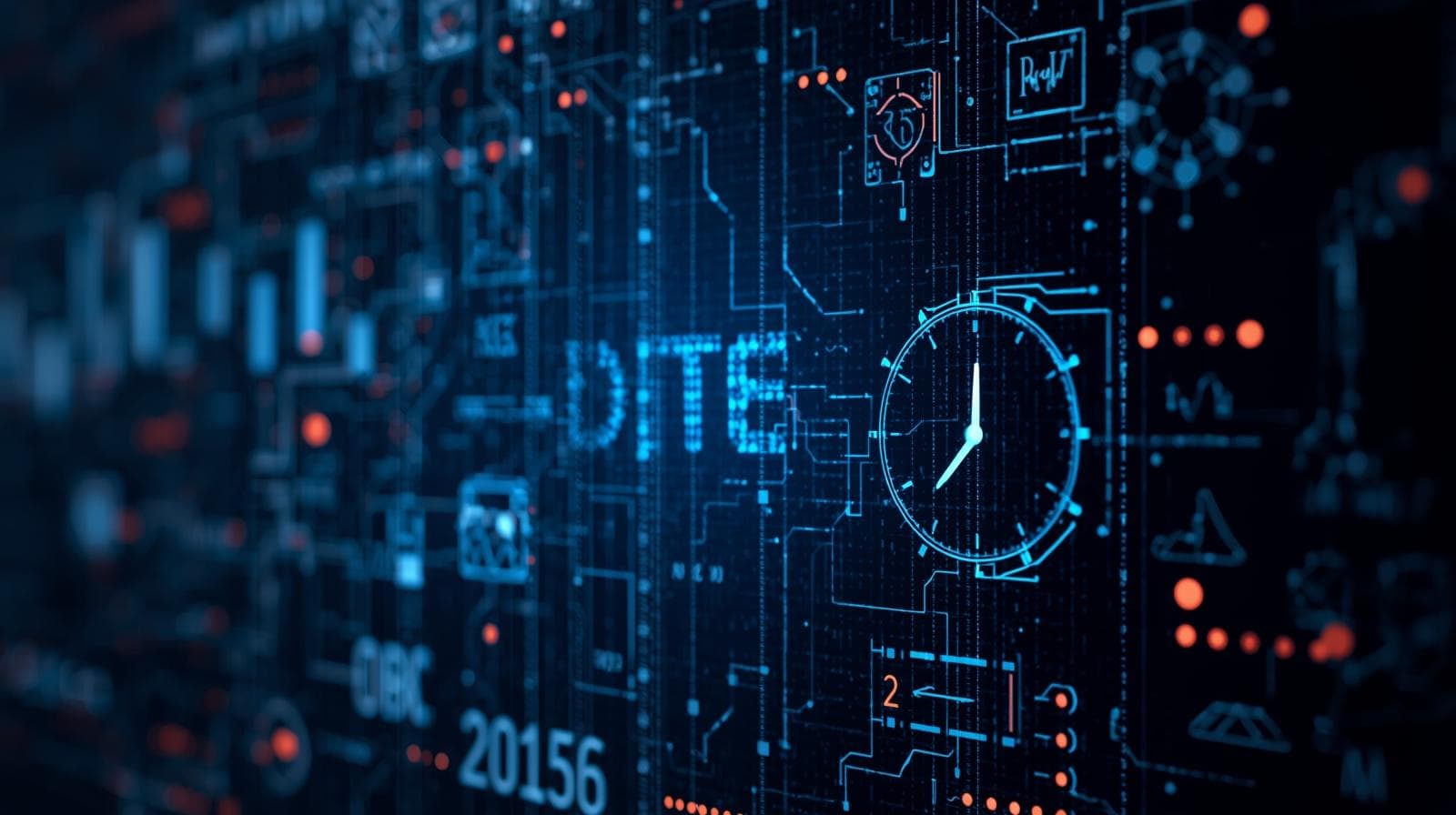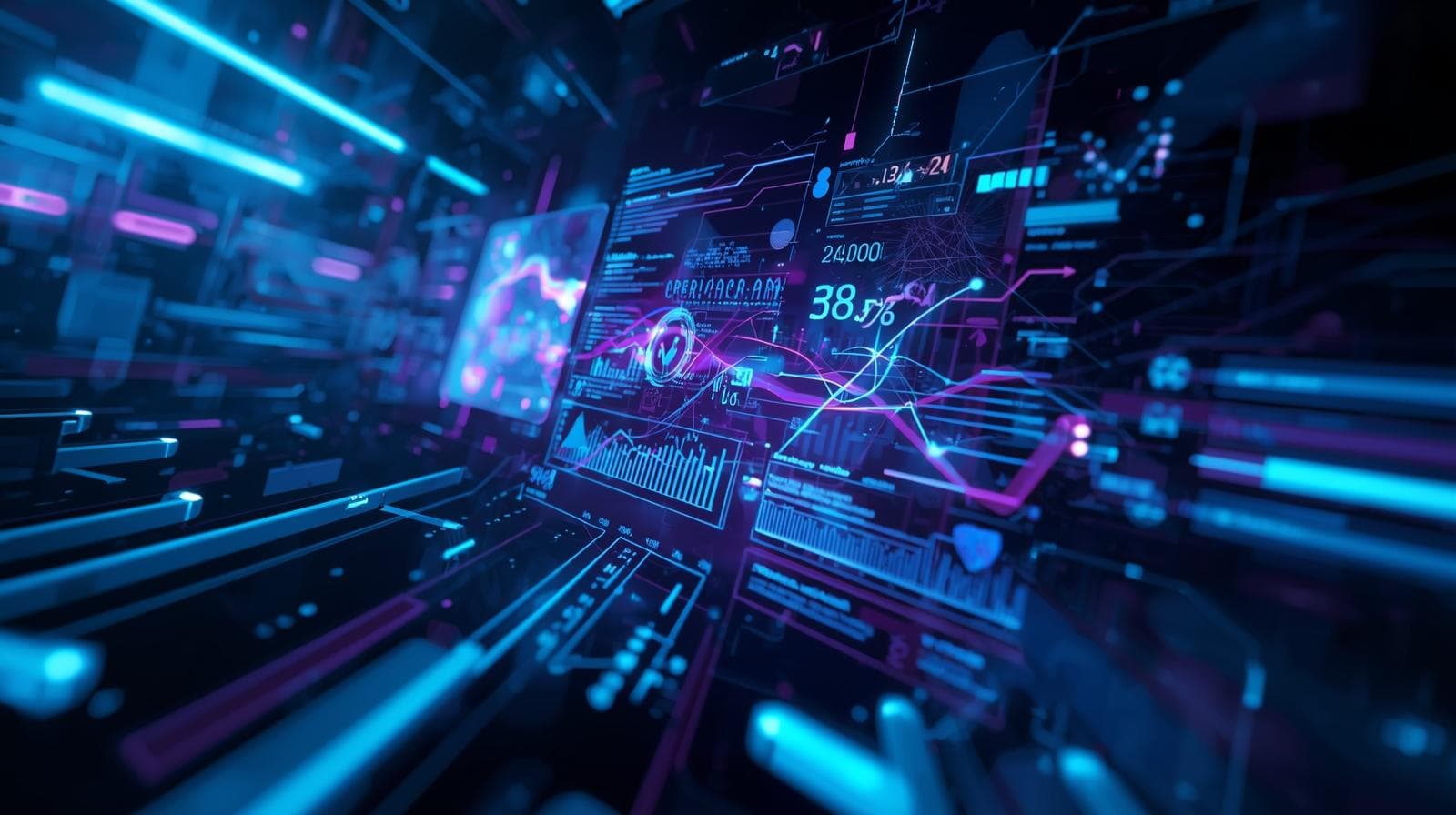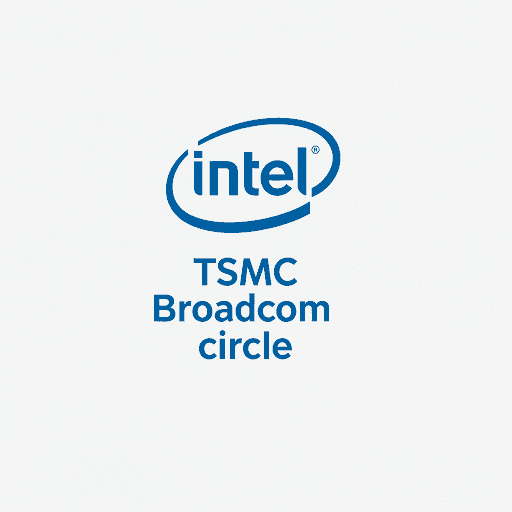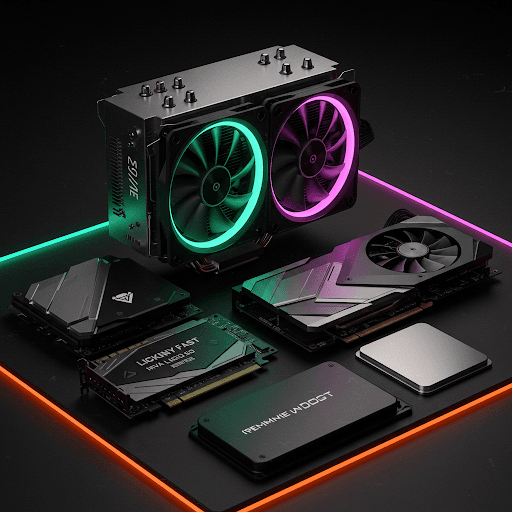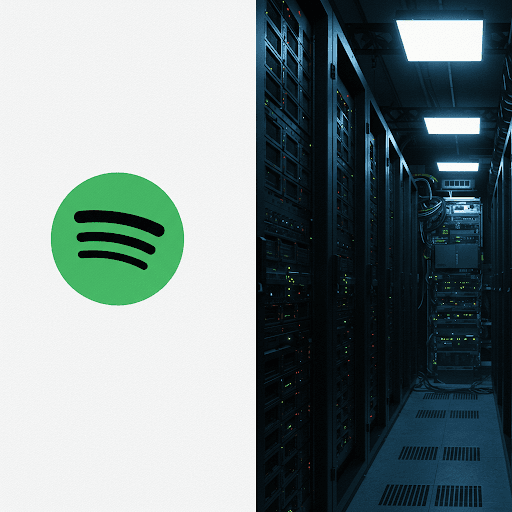AI & Automation: A Complete Guide to the Future of Work

Explore our in-depth guide on AI and Automation. Understand the definitions, real-world use cases, benefits, challenges, and how to prepare for this technological revolution.
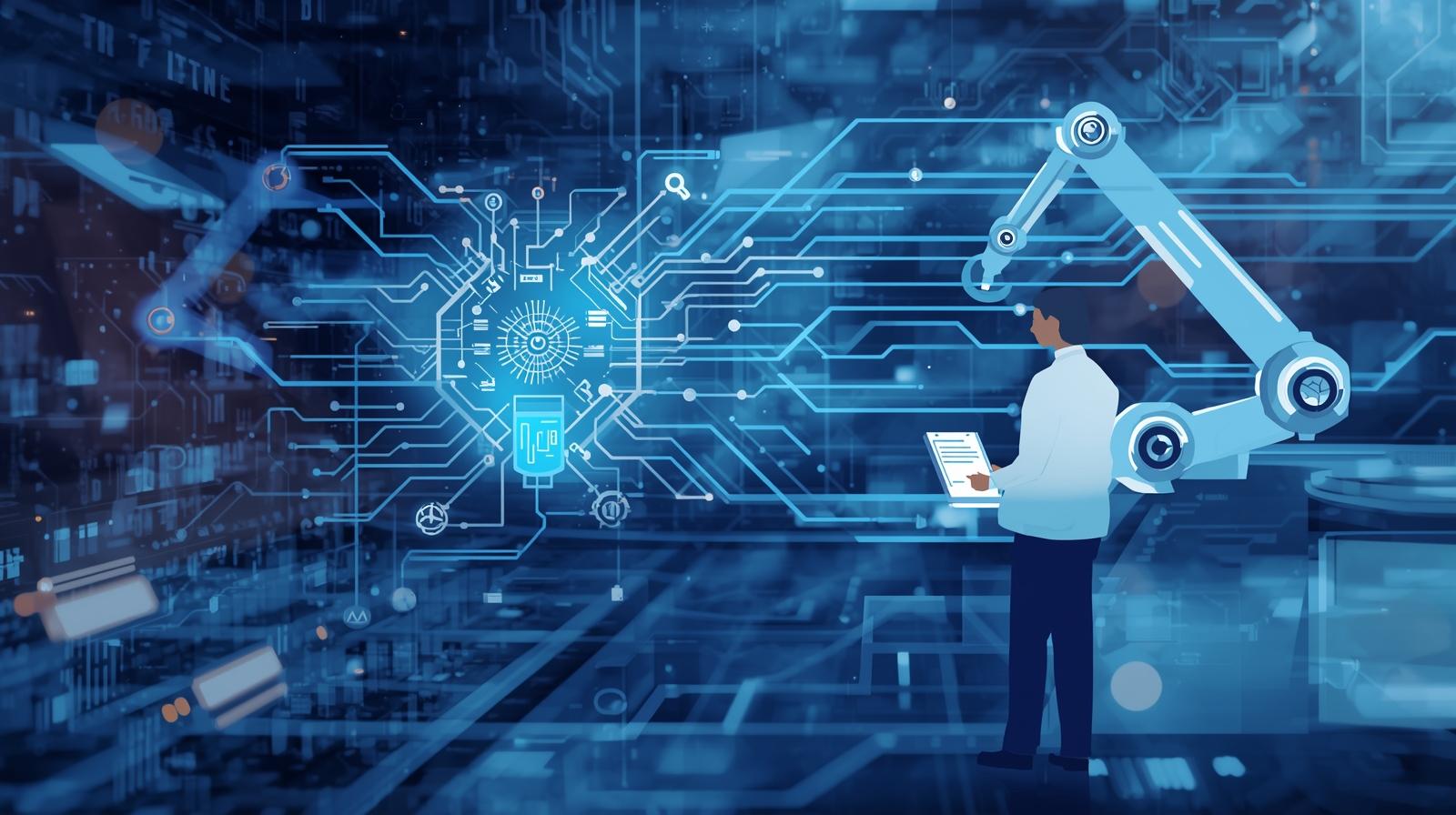
AI & Automation: A Complete Guide to the Future of Work
AI & Automation: Your In-Depth Guide to the Technologies Reshaping Our World
Let's be honest. The terms "Artificial Intelligence" and "Automation" are everywhere. They’re in the news, they’re in the apps we use, and they’re constantly being touted as the twin engines of a future that is either a utopia of leisure or a dystopia of joblessness. It can be overwhelming, confusing, and even a little frightening.
But what if we told you that understanding these concepts isn't just for Silicon Valley engineers? It's for everyone. Whether you're a student planning your career, a professional looking to stay relevant, or just a curious mind, grasping the realities of AI and Automation is one of the most important things you can do today.
This guide is designed to cut through the hype. We'll break down these complex ideas into understandable chunks, explore how they're being used right now, and discuss what it all means for you. So, grab a coffee, get comfortable, and let's demystify the future together.
What Exactly Are We Talking About? Definitions First.
Before we dive into the deep end, it's crucial to understand what these terms mean individually and how they relate to each other. They are often used interchangeably, but they are not the same thing.
What is Automation?
At its core, automation is about making systems or processes operate automatically. It's about programming a machine to follow a predefined, repetitive set of rules to complete a task without human intervention.
Think of it like a recipe. If you have a clear, step-by-step recipe, you can (theoretically) teach anyone to bake a cake. Automation is the machine following that recipe perfectly, every single time, without getting tired or making a mistake on step three.
Key Characteristics of Automation:
Rule-based: It follows strict "if X, then Y" logic.
Deterministic: Given the same input, it will always produce the same output. There's no ambiguity.
Task-oriented: It is designed to perform a specific, well-defined task.
Efficiency & Consistency: Its primary benefits are speed, accuracy, and 24/7 operation.
Classic Example: The assembly line robot in a car factory that welds the same spot on every car frame that passes by. It doesn't decide how to weld; it's just executing a pre-programmed动作.
What is Artificial Intelligence (AI)?
If automation is about following a recipe, AI is about learning how to create a new recipe. Artificial Intelligence is a broad field of computer science dedicated to creating systems capable of performing tasks that typically require human intelligence.
This includes things like:
Learning (acquiring information and rules for using it)
Reasoning (using rules to reach approximate or definite conclusions)
Problem-solving
Perception (understanding images, sounds, etc.)
Understanding natural language
Unlike automation, AI systems aren't just following rules; they're using data to identify patterns and make predictions or decisions. They are probabilistic, meaning they deal in likelihoods, not certainties.
Key Subfields of AI:
Machine Learning (ML): The powerhouse of modern AI. ML is the practice of using algorithms to parse data, learn from it, and then make a determination or prediction about something. Instead of being explicitly programmed for every possibility, the machine is "trained" using large amounts of data.
Deep Learning: A more complex subset of ML that uses artificial neural networks (inspired by the human brain) to analyze vast amounts of data. It's behind the most advanced AI applications like facial recognition and real-time language translation.
Natural Language Processing (NLP): How computers understand, interpret, and manipulate human language. The chatbot you're talking to? That's NLP.
Computer Vision: Enabling computers to "see," identify, and process images and videos. Think of the filters on your phone or the systems that analyze MRI scans.
The Powerful Convergence: AI-Powered Automation
This is where the magic—and the confusion—happens. While "dumb" automation handles repetitive, rule-based tasks, AI acts as the brain that can manage complex, variable, and unpredictable scenarios.
Simple Analogy:
Automation: A coffee machine that makes one specific type of coffee at the press of a button.
AI: A barista who can learn your name, remember your favorite complex order, and suggest a new drink you might like based on the weather and your past preferences.
AI-Powered Automation: A fully automated robotic coffee kiosk that uses cameras (computer vision) to identify you, accesses your order history (data learning), and perfectly crafts your personalized drink without any human help.
This fusion is creating a new wave of intelligent automation that is transforming industries far beyond manufacturing.
From Theory to Reality: Real-World Use Cases and Examples
It's one thing to talk about concepts; it's another to see them in action. Let's look at how AI and Automation are being deployed across various sectors today.
1. In Our Everyday Lives
Smart Home Devices: Your Alexa or Google Home is a perfect blend. Automation turns lights on/off. AI (NLP) understands your voice command, "Hey Google, play some relaxing music."
Streaming Services: Netflix and Spotify use sophisticated ML algorithms to analyze your viewing/listening history and compare it to millions of others to predict what you might want to watch or hear next.
Navigation & Ride-Sharing: Google Maps uses AI to analyze real-time traffic data from millions of users to predict congestion and suggest the fastest route. Uber’s entire surge pricing model is an AI algorithm balancing demand and supply.
2. In Business & Industry (The Corporate World)
Customer Service: Chatbots handle routine queries (automation), but AI-powered ones can understand context and sentiment, escalating complex, frustrated customers to a human agent seamlessly.
Human Resources: AI tools can scan thousands of resumes to shortlist candidates based on keywords and experience (automation), and some are now venturing into analyzing video interviews for speech patterns and cues.
Fraud Detection: Banks use ML models to analyze millions of transactions in real-time. The model learns what "normal" spending looks like for you and can flag an anomalous, potentially fraudulent transaction within milliseconds.
3. In Healthcare (Saving Lives)
Diagnostic Assistance: AI systems are trained on millions of medical images (X-rays, MRIs, retina scans) and can now detect diseases like cancer or diabetic retinopathy with accuracy rivaling—and sometimes surpassing—human radiologists.
Drug Discovery: AI can analyze vast databases of molecular structures to predict how they might interact, dramatically speeding up the process of identifying potential new medicines, a process that traditionally takes a decade and billions of dollars.
Robotic Surgery: Surgeons can control robotic arms to perform minimally invasive surgery with precision that minimizes hand tremors and allows for smaller incisions (automation). AI is now being integrated to provide real-time data and guidance during procedures.
4. In Manufacturing & Logistics (The Physical World)
Predictive Maintenance: Instead of servicing a machine on a fixed schedule (time-based automation), AI algorithms analyze data from sensors (vibration, temperature, sound) on industrial equipment to predict exactly when a part is likely to fail. This prevents costly downtime.
Warehouse Automation: Amazon's fulfillment centers are the classic example. Robots (Kiva bots) autonomously move shelves of products to human packers. Computer vision systems identify and sort packages, and AI optimizes the entire warehouse layout and routing for maximum efficiency.
Autonomous Vehicles: The ultimate expression of AI-powered automation. Self-driving cars use a combination of computer vision, sensor fusion, and deep learning to perceive their environment and make split-second driving decisions.
Best Practices for Navigating an AI-Driven World
Whether you're an individual or a business, adapting to this shift is no longer optional. Here’s how to approach it thoughtfully.
For Businesses:
Start with the Problem, Not the Technology: Don't implement AI for the sake of it. Identify a clear business problem—like high customer churn, inefficient inventory management, or rising operational costs—and then see if AI can provide a solution.
Focus on Augmentation, Not Just Replacement: The goal of AI should be to augment human workers, not just replace them. Use AI to handle tedious data-crunching, freeing up your employees for creative, strategic, and empathetic tasks that machines cannot do.
Data is Your Lifeblood: AI models are only as good as the data they are trained on. Invest in collecting clean, organized, and unbiased data. Garbage in, garbage out.
Prioritize Ethics and Transparency: Be transparent about how you use AI and customer data. Actively work to identify and eliminate bias in your algorithms to build trust and avoid reputational damage.
For Individuals:
Embrace a Lifelong Learning Mindset: The half-life of skills is shrinking. The most future-proof skill you can have is the ability to learn new skills. Stay curious.
Develop "Uniquely Human" Skills: Double down on skills that AI struggles with: critical thinking, creativity, emotional intelligence, collaboration, and complex problem-solving.
Learn to Work With AI: Understand how AI tools can be your co-pilot. Use grammar checkers, data analysis tools, and design aids to enhance your own productivity and output quality.
Don't Fear It, Understand It: Demystify the technology. Take an online course, read articles, and play with AI tools. The less abstract it seems, the less threatening it becomes.
Speaking of lifelong learning, the best way to future-proof your career is to build a strong foundational knowledge in the technologies that power this revolution. To learn professional software development courses such as Python Programming (the language of choice for AI and ML), Full Stack Development, and MERN Stack, visit and enroll today at codercrafter.in. Our project-based curriculum is designed to make you industry-ready, not just exam-ready.
Frequently Asked Questions (FAQs)
Q1: Will AI and Automation take my job?
This is the big one. The consensus among economists is that while AI will automate many tasks, it won't necessarily automate entire jobs—at least not all of them. It's more likely to change the nature of jobs. Routine, repetitive tasks are most at risk. However, new jobs that we can't even imagine today will be created (e.g., AI ethicist, automated systems trainer). The key is adaptation and upskilling.
Q2: What's the difference between AI, ML, and Deep Learning?
Think of it as a set of Russian dolls. Artificial Intelligence (AI) is the largest, overarching concept of machines being smart. Machine Learning (ML) is a subset of AI—a way of achieving intelligence by learning from data. Deep Learning is a further subset of ML that uses complex neural networks to learn from immense amounts of data.
Q3: Is AI dangerous? Could it become sentient and take over?
The AI of today is "narrow AI"—it's excellent at specific tasks but has no general consciousness, self-awareness, or desires like humans do. The existential risk of a superintelligent AI is a topic for science fiction and long-term philosophical debate. The real, tangible dangers of today's AI are more about things like algorithmic bias, privacy erosion, job displacement, and autonomous weapons. These are serious issues that require serious ethical frameworks and regulation.
Q4: How can I start a career in AI?
A strong foundation in programming (Python is essential), mathematics (especially statistics, linear algebra, and calculus), and data analysis is crucial. From there, you can dive into specialized ML and Deep Learning courses. Building a portfolio of projects is the best way to demonstrate your skills. A great first step is to master the fundamentals through a structured program. Consider exploring the comprehensive courses offered at codercrafter.in to build that solid foundation.
Q5: Can small businesses afford to implement AI?
Absolutely. The rise of "AI-as-a-Service" (AIaaS) from cloud providers like Google, Amazon, and Microsoft has democratized access. Small businesses can now use APIs for things like sentiment analysis, chatbots, and image recognition without needing a team of PhDs, paying only for what they use.
Conclusion: The Future is a Partnership
Artificial Intelligence and Automation are not mythical forces; they are tools. Incredibly powerful tools that are reshaping the fabric of our society, economy, and daily lives. The narrative of a jobless future dominated by malevolent robots is a distraction from the real conversation.
The true opportunity lies in collaboration. The future belongs to those who can effectively partner with intelligent technology. It belongs to the doctor who uses an AI diagnostic aid to confirm a tricky diagnosis, the marketer who uses data analytics to craft profoundly personal campaigns, and the manufacturer who uses predictive maintenance to keep their workers safe and their production lines humming.
The transition will require effort, adaptation, and a renewed commitment to education and ethical responsibility. But if we navigate it wisely, the goal is not a world without work, but a world with better work—where machines handle the tedious, and humans are freed to focus on the creative, the strategic, and the profoundly human.
The change is already here. The question is, are you ready to be a part of it?
Ready to build the future? Equip yourself with the skills that matter. Explore our courses in Python, Data Science, Full Stack Development, and more at CoderCrafter.in.
